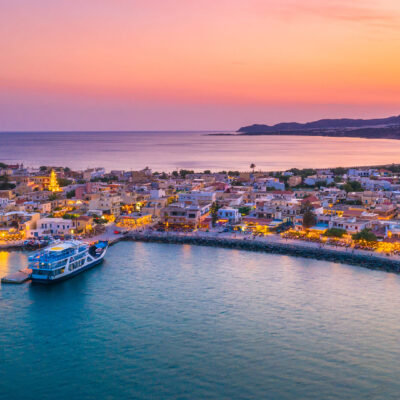History of
Paleochora
Paleochora has a detailed and layered history. Its geographical positioning made it a key strategic point, especially in connecting the southern and western parts of the island. As a result, multiple civilizations have occupied and influenced its development over the centuries.
Archaeological findings indicate that during the Minoan era, Paleochora had active trade connections and might have been a hub for merchants. Later, both the Romans and Byzantines occupied this region, leaving behind architectural and cultural imprints that can still be observed today.
One of the most notable historical landmarks in Paleochora is the Selino Kasteli fortress. Constructed by the Venetians in the 13th century, this fortress was vital in defending the town from frequent pirate attacks. However, its dominance was short-lived as the Ottomans captured the town by the end of the 16th century, leading to several changes in governance and infrastructure.
In the subsequent years, Paleochora faced numerous challenges, from external invasions to earthquakes. These events, combined with its multicultural past, have significantly shaped its current identity. Present-day visitors can learn about this intricate history through local museums, preserved structures, and guided tours, making Paleochora a significant site for understanding Crete’s diverse past.

